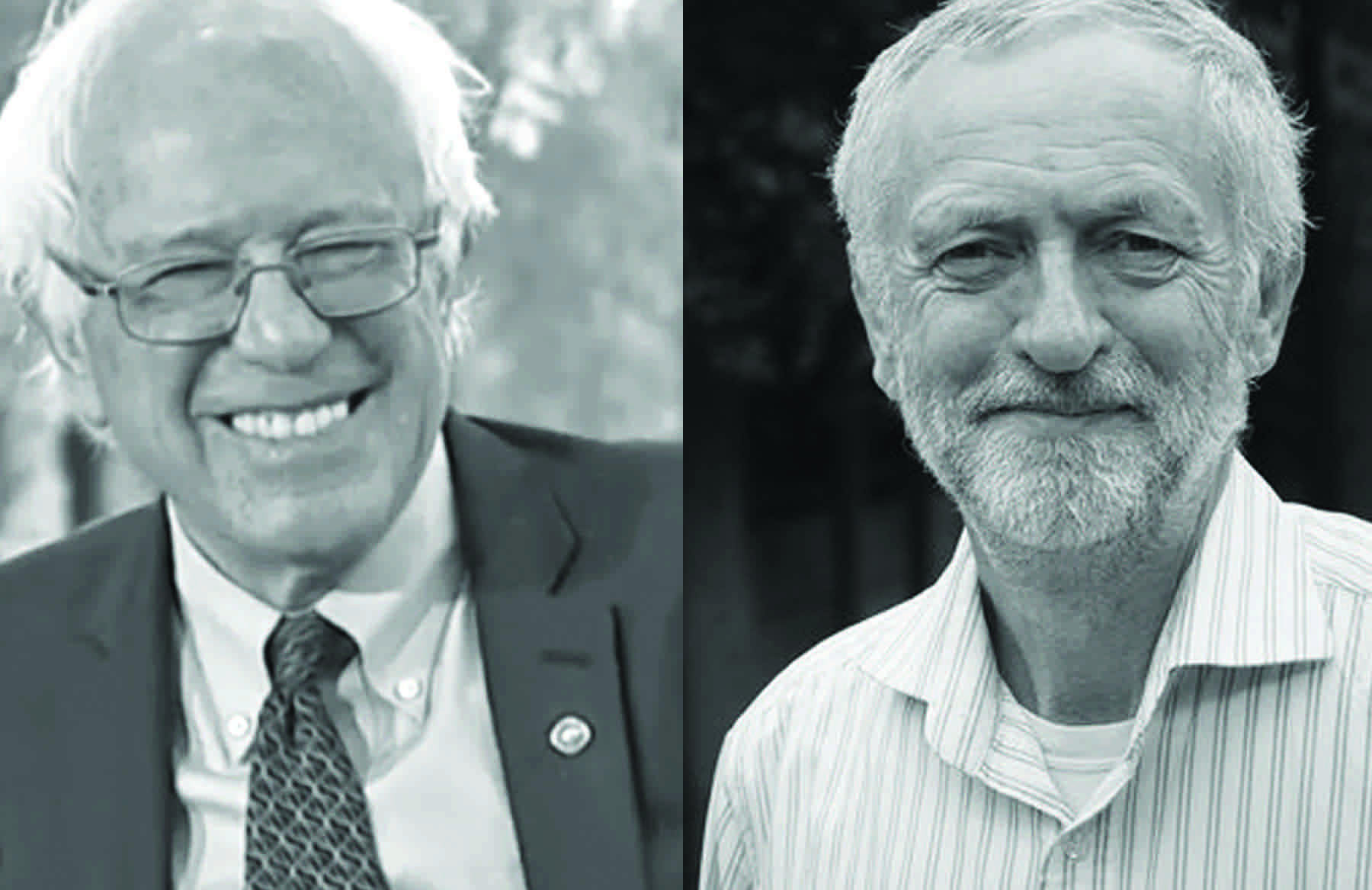Currently, there is no definitive left-wing political leader in Canada, unlike in some other Western democracies. In the United States, there is growing popular support for Bernie Sanders, who is mobilizing for cheaper education and affordable healthcare. In the United Kingdom, where there is a strong socialist tradition and inequality continues to rise, Jeremy Corbyn has been elected leader of the Labour Party. Although Canadians thankfully do not have to fight for universal healthcare, there is an undeniable increase in inequality here as well; however, Canadians lack a unified progressive alternative that can offer them a socially-focused voice in Parliament. To unify the progressive alternative, there should be a party consisting of the Green Party and the left-leaning wing of the NDP and the Liberals.
This federal election became polarized between keeping or kicking out Stephen Harper. Every opposing party ruled out the possibility of keeping in power a Conservative minority government. There are also a considerable number of websites dedicated to strategic voting, such as strategicvoting.ca or votetogether.ca, or simply anti- or pro-Harper sites, such as Shit Harper Did and Stephen Harper’s Re-Election Party. An election focused on strategic voting distracts voters from the ideologically differences between progressive parties.
The NDP and the Liberals have similar stances on multiple issues such as Bill C-24, eligibility age for receiving elderly benefits, and door-to-door mail delivery. This is ground to cultivate. Yet most of the promises made by both parties are not about new socially progressive measures but bringing Canada back to where it stood before Harper. Therefore, it is more convenient to consider the Liberals and especially the NDP, known as being the most left-of-centre of the three major parties, as being simply to the center (if generous, center-left) of the political spectrum. The only left-wing federalist party is the Green Party, which only has one MP in the previous government. Were the centre-left parties to unite, they would become a formidable force in Canadian elections.
The political culture in Canada has so far not contributed to a rise in the left. Excluding the Orange Crush in the 2011 federal election, and sporadic socially-oriented provincial governments, Canadians’ have not yet elected an ideologically socialist government. Canadians would consider Sanders and Corbyn too radical. Canadian political leaders have to be careful in that sense: Mulcair got his nickname “Angry Tom” because of his outbursts, and as a result changed his image to appear more friendly. Justin Trudeau also received the same treatment, although less vehemently. In order to consolidate the vote of NDP, Green, and other left-of-centre parties, they must unite and present a viable, tempered political option to the electorate.
The unification of ideologically-similar parties is not unheard of in Canadian politics. One only has to look back to 2004, when the Progressive Conservatives and Reform Alliance parties merged into today’s Conservative Party of Canada. A similar process may be possible today, should the centre-left parties focus on finding their similarties and compromising their differences. Such a move would prevent a split vote, and offer Canadians a truly social democratic option. Even without an electoral victory, such a party could impact the political discourse and force shifts towards the left; they do not need to be in power, they just need to be unified with enough seats.









